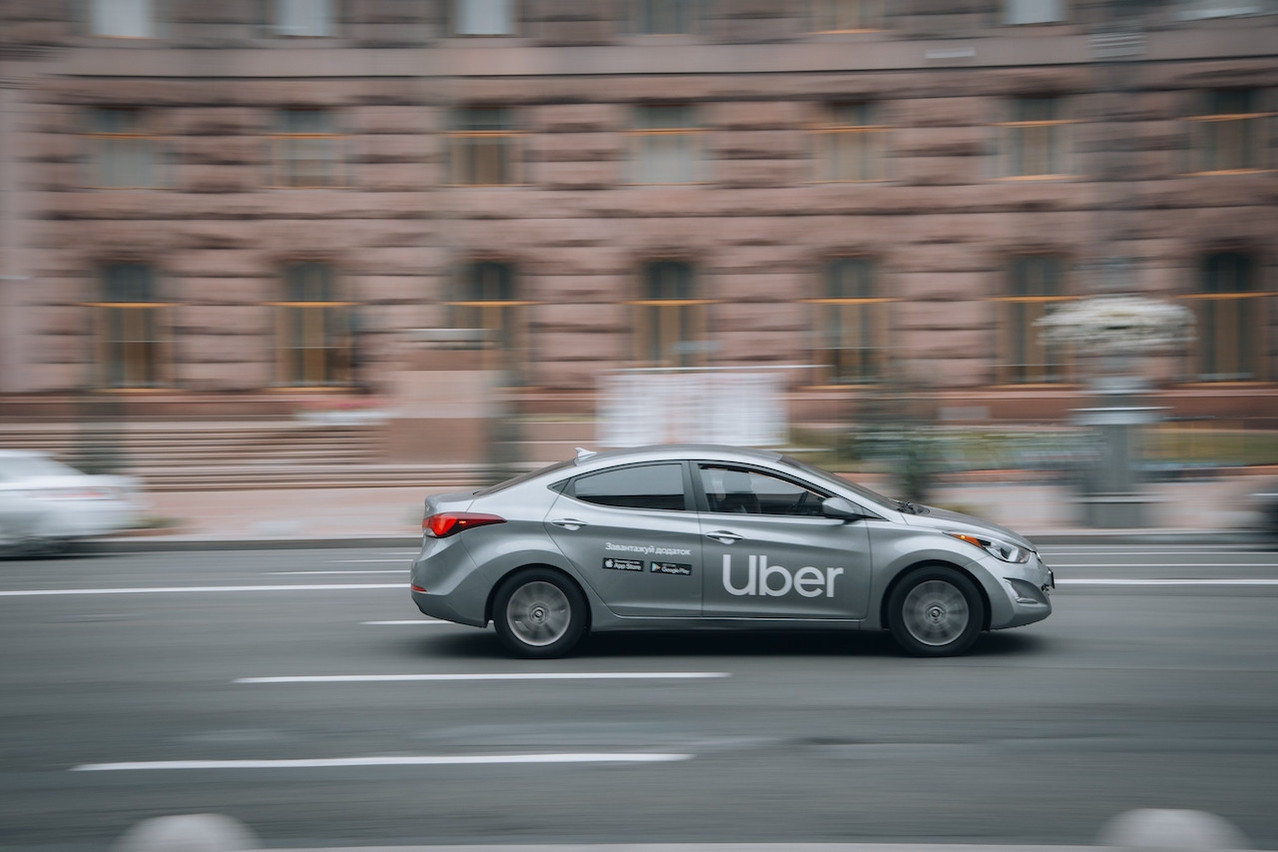Maybe Luxembourg was the trigger? After Emile Weber successively announced the launch of Uber in Luxembourg and then a partnership with Pony.ai, which develops driverless taxis (aka “robotaxis”), the two companies are now announcing a ground-breaking partnership. Starting in a key market in the Middle East later this year--to be extended to other markets at a later date--when a passenger requests an eligible ride on the Uber app, they will be offered the chance to entrust it to a Pony.ai autonomous vehicle. During the initial pilot phase, these vehicles will be equipped with a safety operator, until the fully autonomous commercial launch of both companies.
“At Pony.ai, our vision is to develop autonomous driving technology that is not only safe and reliable but also scalable, transforming daily transportation,” said James Peng, co-founder and CEO of Pony.ai and “Partnering with Uber accelerates our shared mission to make autonomous mobility a real, everyday experience for more consumers around the world. By combining our proven autonomous systems, with Uber’s unparalleled ride-hailing platform, we’re poised to set a new standard for the commercialisation of driverless services, starting in the Middle East before expanding to new markets.”
“Our partnership with Pony.ai is another meaningful step towards introducing the benefits of autonomous mobility to the world,” added Dara Khosrowshahi, CEO of Uber. “As the leading on-demand platform of its kind, spanning mobility, delivery, and freight, Uber is uniquely positioned to help accelerate the commercialisation of this exciting technology.”
Uber is back in the game after its shutdown
This is a key step in Pony.ai’s global expansion strategy, building on its established ecosystem to demonstrate its strong technological maturity. The company’s seventh-generation autonomous driving system facilitates the mass production of robotaxis in a more scalable and cost-effective manner. This technological advance is in line with the strategic goals of the partnership, enabling Uber’s platform to integrate autonomous vehicles more quickly and safely as the collaboration expands into new markets.
In 2015, Uber invested heavily in autonomous driving, including recruiting experts from Carnegie Mellon and launching tests in Pittsburgh as early as 2016. However, a fatal accident in 2018 involving an Uber autonomous vehicle marked a turning point. In 2020, the company sold its autonomous vehicle division, Advanced Technologies Group, to Aurora Innovation, ending its ambitions for in-house development in the field.
But by the end of April, Uber had already announced another partnership with Volkswagen US to launch ID.Buzz minibuses in Los Angeles in 2026. And another partnership in the US, with May Mobilitt, again to launch thousands of robotaxis on the roads.
This article in French.
